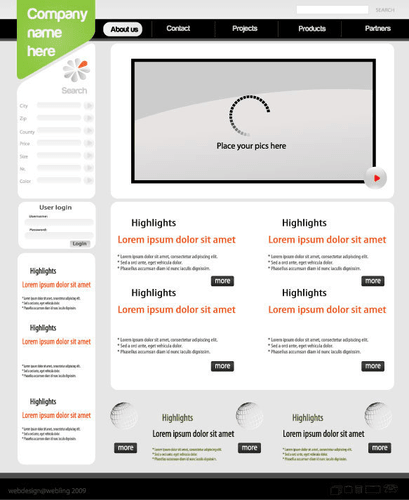
Company https://www.facebook.com/BooksTimeInc/ XYZ provides and collects $4,000 worth of repair services. Let’s check out some practical examples to put all of these accounting principles and T account rules into action. For the past 52 years, Harold Averkamp (CPA, MBA) hasworked as an accounting supervisor, manager, consultant, university instructor, and innovator in teaching accounting online.

Entry at the Time of Purchasing Supplies
You have the following transactions the last few days ofApril. Congrats, if you got through that, you are going to be doing pretty well with T accounts. Pause here and see if you can work out this problem using T accounts. Opened a business bank account with a deposit of $55,000 from personal funds. We’re firm believers in the Golden Rule, which is why editorial opinions are ours alone and have not been previously reviewed, approved, or endorsed by included advertisers. The Ascent, a Motley Fool service, does not cover all offers on the market.

What are T Accounts?
However, with receivables, the company will be paid by their customers, whereas accounts payables represent money owed by the company to its creditors or suppliers. This account is a non-operating or “other” expense for the cost of borrowed money or other credit. Asset, liability, and most owner/stockholder equity accounts are referred https://www.bookstime.com/ to as permanent accounts (or real accounts). Permanent accounts are not closed at the end of the accounting year; their balances are automatically carried forward to the next accounting year.
Get in Touch With a Financial Advisor

This means that a business supplies t account that receives cash, for example, will debit the asset account, but will credit the account if it pays out cash. A T-account is an informal term for a set of financial records that uses double-entry bookkeeping. The term describes the appearance of the bookkeeping entries. Using T Accounts, tracking multiple journal entries within a certain period of time becomes much easier. Every journal entry is posted to its respective T Account, on the correct side, by the correct amount. Once again, debits to revenue/gain decrease the account while credits increase the account.
- Gift cards have become an important topic for managers of any company.
- If the employee was part of the manufacturing process, the salary would end up being part of the cost of the products that were manufactured.
- Expenses normally have debit balances that are increased with a debit entry.
- While the number of entries might differ, the recordingprocess does not.
- You will notice that thetransaction from January 3 is listed already in this T-account.
- Larger grocerychains might have multiple deliveries a week, and multiple entriesfor purchases from a variety of vendors on their accounts payableweekly.

A T-account is used in bookkeeping, which involves keeping track of the financial transactions that occur within a business. The name is based on the way that a T-account appears, with two columns and one line. The journal entry recorded in the general journal (as opposed to the sales journal, cash journal, etc.).
Journal Entries in Accounting (Explained) Practical Examples
As a result, accounts receivable are assets since eventually, they will be converted to cash when the customer pays the company in exchange for the goods or services provided. Accounts payable is a liability since it is money owed to creditors and is listed under current liabilities on the balance sheet. Current liabilities are short-term liabilities of a company, typically less than 12 months. Accounts payable tend to fall on the shorter end of the spectrum of current liabilities, often with terms of just a month or two.
